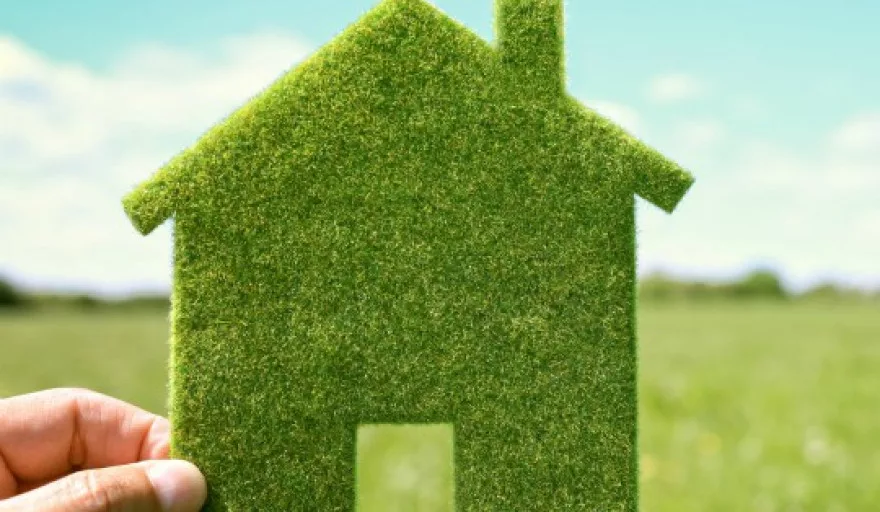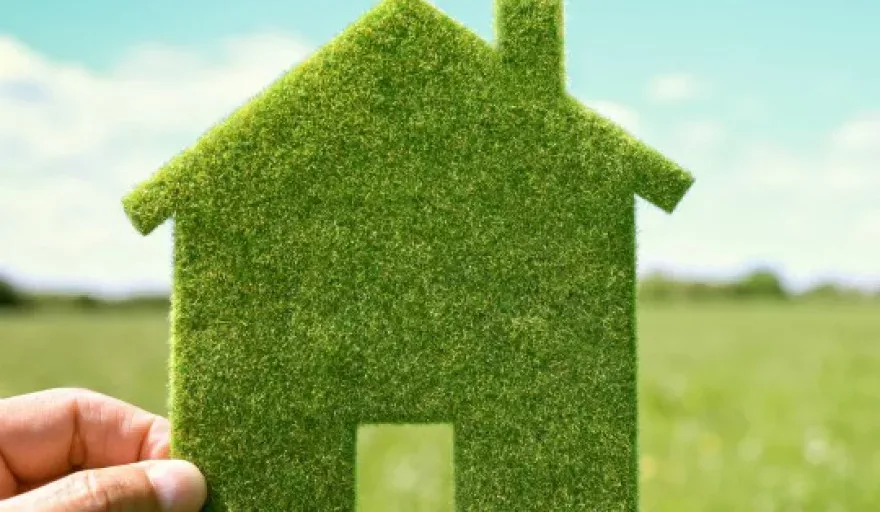
Kenya has the opportunity to set a benchmark for Africa in implementing cost-saving green technologies, as it pursues its development goals as a committed signatory of the International Climate Agreement (ICA), said the Kenya Green Building Council’s (KGBS) Madhur Ramrakha.
As the 49th ICA signatory, Kenya has committed to reducing its greenhouse gas emissions by 30 percent by 2030, while achieving its housing, infrastructure, job and healthcare goals. But while the public sector will be the driver of sustainability policy and regulation, the built industry (real estate and infrastructure developers) will be the key to achieving the Government’s ambitious goals, said Ramrakha.
“In Kenya, green buildings can be constructed at the same or even lower cost as a conventional building as the materials used save energy by as much as 30 to 60 percent. Strathmore, for instance, was able to save 20 percent of its projected budget on its first green building structure – Strathmore Business School,” said John Kabuye, Vice Chairman Kenyan Green Building Society.
According to a study titled ‘Greening Buildings and Communities: Costs and Benefits’, supported by renewable energy investor, Good Energies, about 50 percent of all green buildings studied reported a payback of five years or less just from energy and water savings. However, that figure jumped to 90 percent when health and productivity benefits were included.
As a key stakeholder at this year’s API Events’ East Africa Property Investment (EAPI) Summit on the 24th and 25th of April, the KGBS will be presenting this ‘green opportunity’ to investors, developers and the public sector.
With technology improvements driving down capital costs, and green initiatives now improving efficiency and operating costs – alongside a proliferation of green financing instruments, and the increased impact of climate change on Africa’s countries – there is now a real opportunity for this cost-saving momentum, said API’s Managing Director, Kfir Rusin.
“While a handful of countries have pulled out of the ICA, the US in particular, we believe this period of economic growth led by the non-resource-based economies of East Africa provides an ideal opportunity for sustainability to guide and shape the development process going forward,” he said.
In this, climate change is creating mounting pressure, as destructive weather patterns across Africa trigger consequences such as East Africa’s record drought and the real possibility of Cape Town becoming the first ever city to run out of water.
This is seeing socially conscious customers beginning to demand principled green design in their homes and businesses, especially as the building sector is estimated by the United Nations Environment Programme (UNEP) to contribute up to 30 percent of all greenhouse emissions.
“We have to be smart in Africa; we cannot follow historical development models and clean up later,” said Ramrakha.
In this, the affordable housing initiative announced by President Uhuru Kenyatta is an opportunity to use environmentally sound principles and products to build better homes.
In East Africa, and Kenya in particular, ambitious warehousing projects, new retail centres and Kenya’s growing importance as a global trade hub are all driving green innovation to reduce costs that will be covered at this year’s EAPI Summit.
Toby Selman, CEO of Africa Logistics Properties (ALP), argues that such green building practices offer multiple business advantages, despite the initial upfront costs.
“In Nairobi, our flagship ALP North Logistics Centre will be the first EDGE (Excellence in Design for Greater Efficiencies) certified project in the industrial sector in Kenya. We wholly believe that the social, economic and occupier benefits outweigh the higher upfront costs of implementing environmental features on our developments, such as rainwater harvesting, solar power and insulated building. These result in lower operating costs for our tenants and add long-term sustainable value to the quality of our buildings.”
“Kenya and the region will continue to enjoy strong economic growth, but if policies and procedures, and most importantly financing and certifications from the region’s Green councils are not made transparent and understandable for developers and investors, the region will lose an opportunity. Intrinsically linking commercial viability with sustainability, at a time of such intensive building and development, offers the possibility of elevating the region’s people into a prosperous new world,” said Rusin.





























